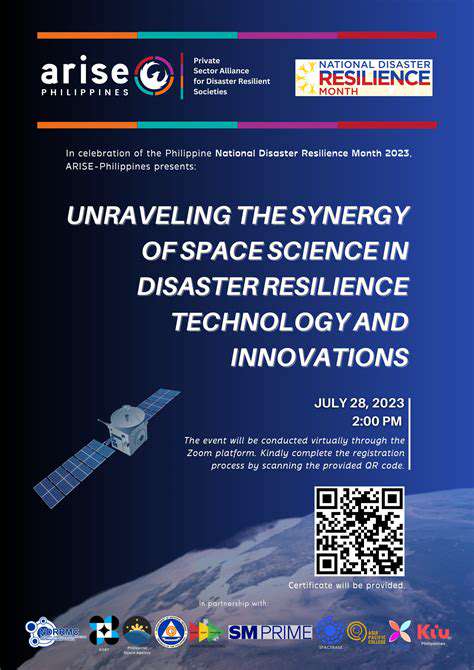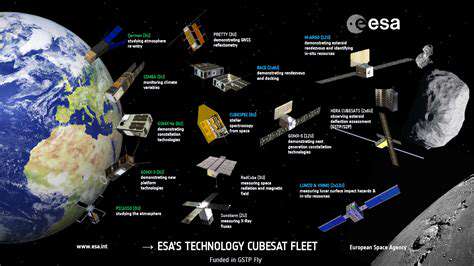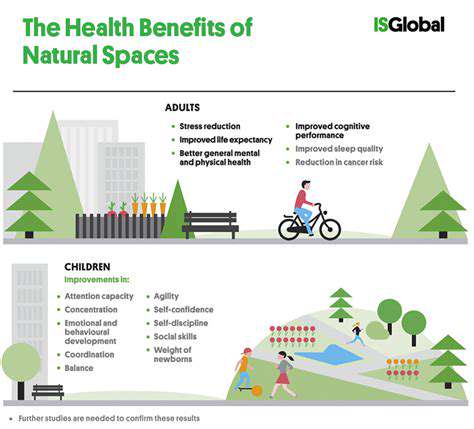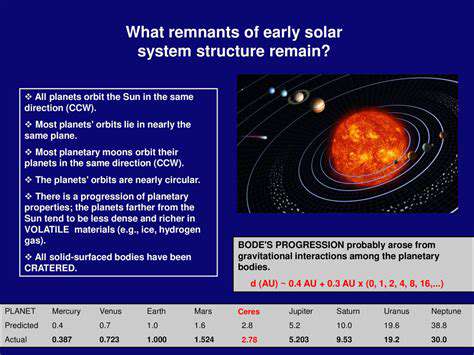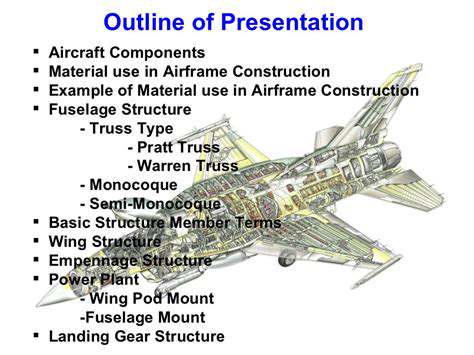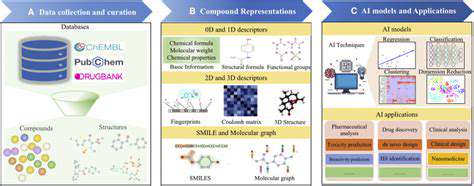The Expanding Role of Satellites in Disaster Monitoring and Response
Satellite Imagery for Rapid Assessment
Modern satellite systems have revolutionized how we evaluate disaster zones by offering unparalleled aerial perspectives. Emergency teams leverage high-definition images to map destruction patterns, locate displaced communities, and gauge structural compromises. This real-time visual intelligence becomes the backbone of crisis management, helping officials deploy personnel and supplies where they're needed most during the golden hours post-catastrophe.
Diverse imaging technologies serve distinct purposes - optical sensors deliver photorealistic snapshots while radar systems cut through atmospheric interference. This dual-capability approach generates multidimensional insights about terrain transformations that single-source methods might overlook, particularly during adverse weather events.
Early Warning Systems and Prediction Capabilities
Orbital surveillance networks now form the nervous system of modern hazard prediction. By tracking atmospheric shifts, ground movements, and vegetative stress signals, these systems can sound alarms before disasters strike. Coastal communities now receive flood forecasts with unprecedented lead times, while fire-prone regions benefit from thermal anomaly detection. Such preemptive alerts have slashed casualty rates by enabling orderly evacuations and preventative measures in at-risk zones.
Real-Time Monitoring of Disaster Evolution
The dynamic nature of catastrophes demands adaptive response tactics. Continuous satellite feeds allow command centers to track wildfire expansion rates, monitor floodwater migration, and observe volcanic plume trajectories in living color. This persistent overwatch capability has transformed disaster management from reactive to proactive operations, with response teams adjusting tactics based on minute-by-minute situational updates.
Improved Coordination and Communication
When terrestrial networks fail, satellite comms become the lifeline connecting relief operations. These space-based systems maintain vital links between field units, supply depots, and command hubs regardless of ground infrastructure status. The ability to maintain contact with isolated villages has dramatically improved survival rates in recent disaster scenarios, particularly in mountainous or island regions where traditional communication methods often collapse first.
Data Analysis and Reporting for Disaster Recovery
The forensic examination of orbital data shapes rebuilding strategies for years after calamities strike. Detailed before-and-after analyses inform smarter urban planning, highlight vulnerable infrastructure, and guide investment in resilient systems. These evidence-based reconstruction plans are preventing repeat disasters in areas previously caught in cycles of destruction and repair.
Supporting Humanitarian Aid and Relief Efforts
Precision humanitarianism has emerged through satellite-enabled needs assessment. Relief coordinators now identify stranded populations with pin-point accuracy, distinguishing between superficial damage and total devastation zones. This targeting precision prevents resource wastage while ensuring life-saving supplies reach the most desperate survivors first, whether in urban ruins or remote rural settlements.
Advanced Damage Assessment and Resource Allocation through Satellite Imagery

Understanding the Scope of Damage
Comprehensive impact evaluation forms the foundation for strategic response planning. Modern assessment protocols examine both visible destruction and hidden vulnerabilities across built environments and social systems. Mapping the disaster's footprint with millimeter precision allows responders to triage needs based on structural compromise severity and secondary hazard potential, such as chemical leaks or electrical hazards lurking in damaged buildings.
Evaluating Structural Integrity
Building safety assessments now incorporate spectral analysis from space alongside ground inspections. Advanced algorithms compare pre-event blueprints with current thermal signatures to detect hidden structural weaknesses. This fusion of orbital intelligence and engineering expertise prevents dangerous reoccupation of compromised structures while accelerating certification of sound buildings, getting communities back on their feet faster.
Analyzing Environmental Impacts
Ecological damage assessments have gained new sophistication through hyperspectral imaging. These techniques reveal invisible contaminants in watersheds, track deforestation patterns from storm events, and monitor air quality changes post-disaster. Such environmental forensics guide restoration efforts that prevent long-term public health crises and protect biodiversity in affected regions.
Estimating Economic Losses
Financial impact modeling now combines satellite data with AI-driven analytics to project recovery costs. These systems account for everything from road network damage to agricultural losses, creating multidimensional cost projections. Precision damage quantification strengthens funding requests to international aid organizations and helps governments prioritize reconstruction budgets effectively.
Developing Mitigation Strategies
Lessons from orbital disaster analytics are reshaping urban resilience standards worldwide. Planners now use historical damage patterns to reinforce building codes, redesign critical infrastructure networks, and establish protective green buffers. This knowledge-driven approach to disaster prevention is creating communities that withstand nature's fury rather than succumb to it.
